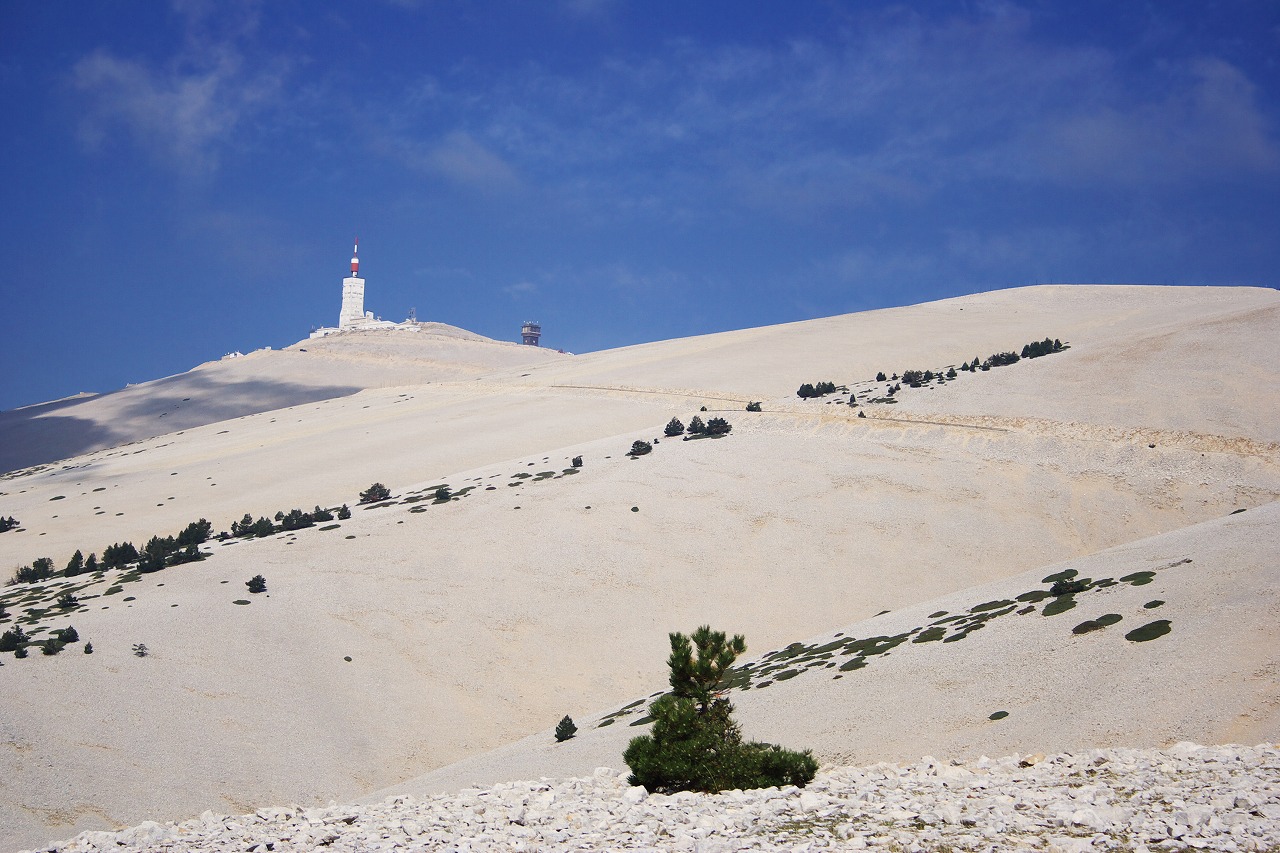Lab Goddess Fibre Club May 2016
Blue Lias on Merino d'Arles
This month the fibre club was inspired by a very famous British scientist who had no formal scientific training: Mary Anning (1799-1847). Born at the end of the 18th century into a working class family, Mary Anning made her first major paleontological discovery at the age of 12, when she discovered the complete skeleton of an ichthyosaur. She spent the rest of her life as a fossil hunter, and reading as much of the available scientific literature as she could, making a name for herself as a fossil expert.
Despite her broad knowledge and expertise, Mary Anning's discoveries were almost entirely attributed to the gentlemen scientists of the day who published on her finds. Only after her untimely death from cancer at the age of 48 were her contributions acknowledged publicly. She is now recognised as having contributed to the establishment of paleontology as a field of study, and her finds were critical in proving extinction.
If you've read this blog at all over the past few weeks, you'll know all about the base I used for this month, which is also the base for the limited edition 2016 Tour de Fleece colours. Bouncy and elastic, this merino makes fabulous yarn for hats and cowls. The colourway inspiration comes from the beaches of Lyme Regis, where Mary Anning made many of her discoveries. Blue Lias is the name for a particular geologic formation that held many of her major finds, and dates to approximately 195-200 million years ago. The specific colours are meant to invoke the variety of shades of rocks seen on the beaches and in the cliffs of England's Jurassic Coast.
Fibre club will open up again on 1 June, in just about a week, so if you've missed out on the fun and want to join up, keep your eyes peeled for announcements on Twitter and Instagram when the slots go live!
One last shot...




















